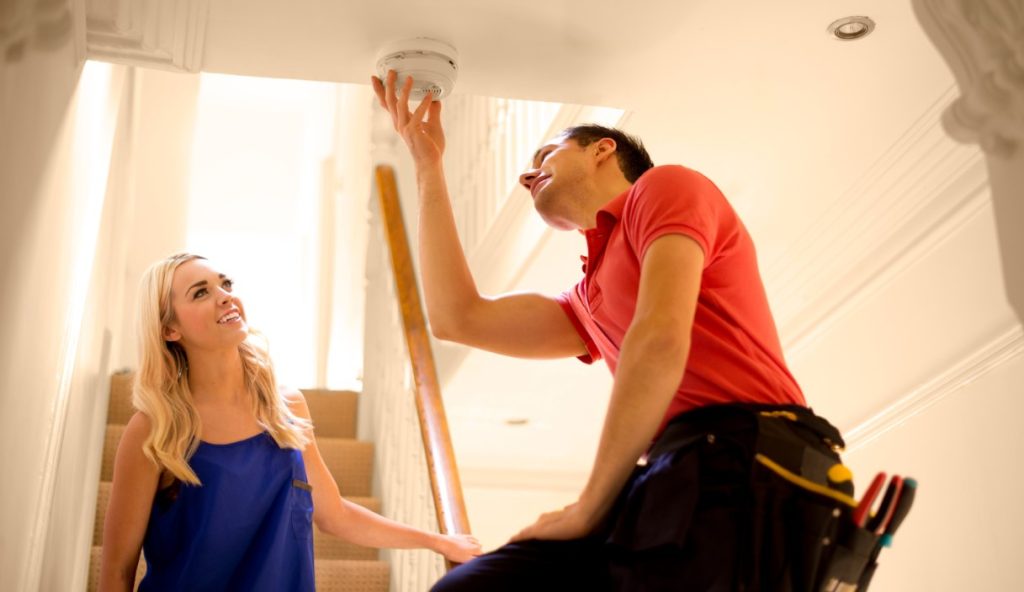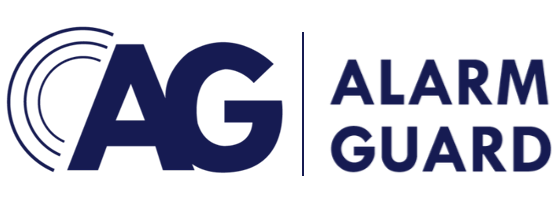Change Your Smoke Detectors Before They Fail You
You might think of your smoke detector as that little round device on the ceiling that chirps at you when the battery’s low, but it’s so much more. That’s right, your smoke detectors could be quietly failing, putting your home and family at risk. So, before you hit snooze on your home maintenance to-do list, here’s why upgrading your smoke detectors is the smartest move.
1. Smoke Detectors Aren’t Forever
Did you know that smoke detectors have a shelf life of about 10 years? Most homeowners are unaware that over time, the sensors inside these devices lose their sensitivity, potentially failing to detect smoke in critical moments. In fact, Fire Prevention Canada reports that 30% of Canadian homes have smoke detectors that are past their prime.
In a city like Toronto, known for its mix of old and modern homes, outdated smoke alarms pose a serious risk. If your detector is older than a decade, it’s not just a ticking time bomb; it’s like driving a car without brakes.
Tip: Check the manufacturing date on the back of your smoke detector. If it’s older than your last major home renovation, it’s time for an upgrade.
2. Technology Has Moved On—So Should You
While you’ve been upgrading your phone, your laptop, and maybe even your car, the smoke detector industry has quietly gone through a tech revolution. Gone are the days of the one-dimensional beep machine. Today’s detectors come with all the bells and whistles (literally).
- Dual-sensor models detect both fast-flaming fires (the ones that blaze up in seconds) and slow-smoldering ones (like a sneaky electrical fire).
- Smart smoke detectors can connect to your phone, alerting you even when you’re not at home—ideal if you live in a big city like Toronto and commute a lot.
With Toronto’s busy lifestyle and many homeowners commuting daily, this ensures you’re always connected to your home’s safety, whether you’re at work or grabbing groceries.
Tip: Modern detectors don’t just beep—they think. And they do it faster than you can hit snooze on that old one. Smart detectors can alert you to battery issues and false alarms via your phone—no more random chirping at 2 a.m.
3. The Beep You Hate Could Be Telling You Something
We’ve all been there—burnt toast, and suddenly your alarm is wailing. While your first instinct might be to blame the smoke detector, here’s something not everyone knows: false alarms are often a sign that your smoke detector is ready for retirement.
In places like Toronto, where many homes are older, dust and debris can accumulate inside your smoke detector, clogging the sensor. This leads to frequent false alarms or, even worse, no alarm when there’s an actual fire. If you’ve noticed your detector goes off when you so much as boil water, it’s trying to tell you something—it’s time to replace it.
And remember, if you’ve silenced one too many alarms, you might end up ignoring the real thing when it counts most.
Tip: If you have vaulted ceilings or unusually shaped rooms, consider installing detectors with strobe lights or sound amplification to ensure you hear the alarm, no matter where the fire starts.
4. Don’t Skimp on Coverage
One detector in the hallway? Nice try, but that’s not going to cut it. In a city like Toronto, where homes can have everything from sprawling basements to multi-floor layouts, you need more than just one or two detectors.
The National Fire Protection Association (NFPA) recommends that you place:
- A smoke detector on every level of your home
- One in every bedroom (yes, even the guest room)
- One outside sleeping areas, such as hallways near bedrooms
This is especially important in larger or older homes, where fires can start in isolated areas like basements, attics, or garages. In Toronto’s multi-unit condos and apartments, where fires can spread quickly between floors, this coverage becomes critical.
Tip: Avoid placing detectors too close to kitchens or bathrooms, where steam or smoke from cooking can set them off. Instead, place them a few feet away from high-activity areas to ensure accuracy without the hassle.
5. You Can’t Ignore Carbon Monoxide
If your smoke detector doesn’t also monitor for carbon monoxide (CO), you’re missing half of the equation. Homeowners often focus solely on smoke especially when many Toronto homes use gas-powered appliances, furnaces, or fireplaces—making them susceptible to carbon monoxide leaks, which are impossible to detect since they are invisible and odorless.
The good news? Modern smoke detectors often come with built-in CO detection, so you can safeguard your home from both smoke and carbon monoxide without installing multiple devices. CO detectors are essential for any home using fuel-burning appliances, and they should be installed in sleeping areas and near gas-powered equipment.
Tip: According to Health Canada, 88% of carbon monoxide exposure happens in the home, and CO detectors should be placed near all sleeping areas—not just in the kitchen or by the furnace.

Time to Upgrade
Replacing your smoke detectors is one of the simplest, smartest things you can do to protect your home. Whether you’re living in a downtown Toronto condo or a family home in the GTA, upgrading your detectors to modern, dual-sensor or smart models could make all the difference.
So, if your smoke detectors are more than 10 years old, it’s time to make the switch. Check your detectors, replace them if necessary, and breathe a little easier knowing you’ve got the best defense against both fire and carbon monoxide. And hey, it’s one home improvement task that actually makes a huge difference!
Protect your home today with the latest in smoke and CO detection technology. Contact us to get expert advice on the best solutions for your space. Don’t wait—call us now at to upgrade your home safety systems.




